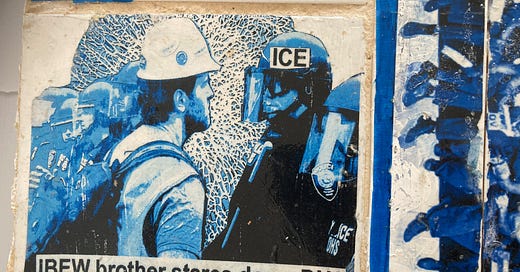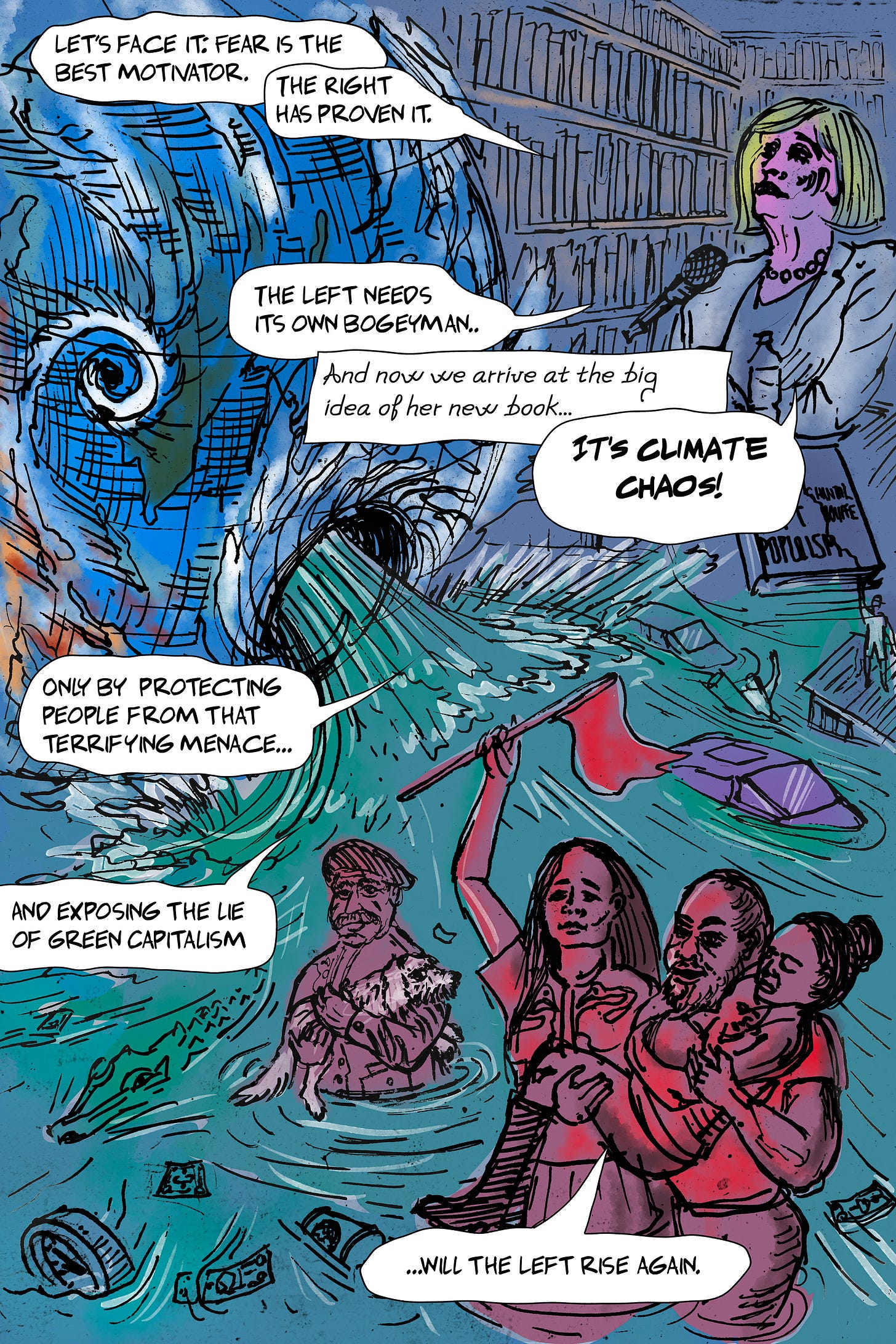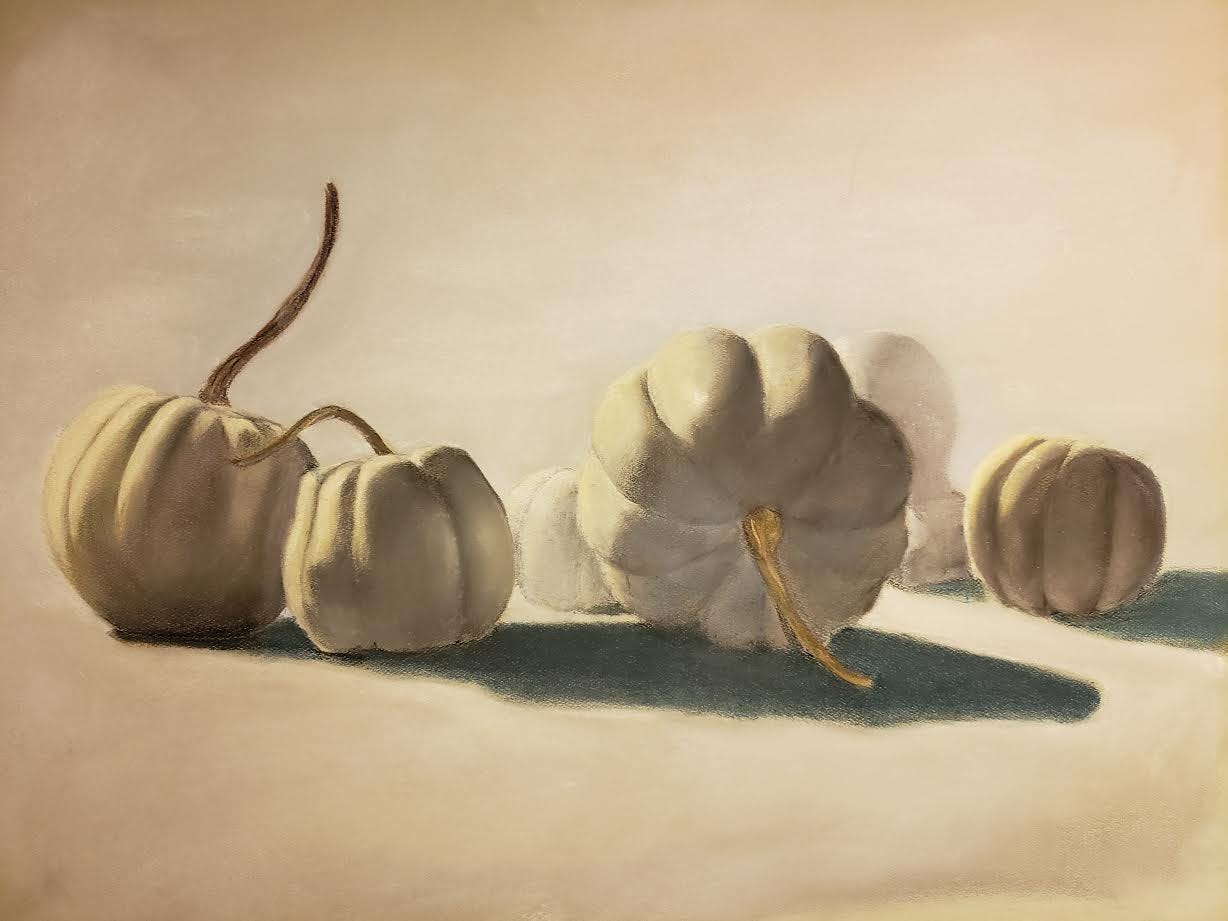Neither labour nor art can be understood apart from their productive and reproductive role in capital. However, as social forms that have emerged from a contradictory development over the more than two centuries of capitalist modernity, elements of negation already make up what they are, no less than what they are capable of becoming.
Marina Vishmidt (1976-2024)
On the 130th anniversary of the 1894 Pullman Strike in which over 200,000 workers nationwide walked off their railroad jobs, led to the arrest of soon-to-become socialist Eugene V. Debs, and the Congress designating a “Labor Day” holiday in the US (in September to contrast with the international Left’s May Day) we offer a new online publication entitled Labor Art Review, with special thanks to Noah Fischer for the LAR Logotype * and technical help (additional appreciation is here: Thank You).
The primary objective of Labor Art Review (LAR) is to link, or to re-link, two seemingly disparate phenomena: labor and art: the first comparatively abstract, the other typically thought of as concrete, but both largely missing from the discourse and practice of contemporary art today. It was not always the case as both the history of art and the history of the working class attest. Still, the significant challenge today, the challenge that LAR seeks to engage in, is how to accomplish this feat without nostalgically returning to the past, but instead finding new connections, new forms, and new avenues for cross-over. The proposition offered here is simple and straightforward. Perhaps it is best thought of as a labor of love in a time of cholera, or more precisely, in a non-time of the cultural turn’s failed promises of liberation which instead delivered only an endless commodified spectacle that relentlessly collapses genuine activist desires into the dizzying aesthetics of financialized capitalism. Far from the world of Tik-Tok eyeball snaffles and the latest biennial du jour, LAR seeks another type of critical cultural and political engagement.
The contributions found in LAR come from a remarkable array of artists, theorists, art historians and imaginative laborers. In different ways they seek to confront the paralysis of the unpresent: that uncanny directionlessness whereby each day appears to be a copy of the previous one, as well as the same all days still to come. Sometimes the subject matter is about labor represented through art, at other times it is artistic labor taken as its own subject. Either way, LAR asks that you seriously consider the beauty, as well as the necessity, of artists once again addressing the affirmative political power of organized labor, which is now so visibly on the rise in the United States and elsewhere. Nevertheless, LAR is not about artists taking the lead in progressive political change, a structural impossibility regardless of recent claims regarding prefiguration and cultural politics.
Art, or what might be today described as imaginative labor in general, has taken place both inside and outside the gatekeeping boundaries of the art world and its global marketplace. We might think of this as the “dark matter” of the art world, a type of libidinal production hidden within plain sight. For certainly there are far more people engaged in such imaginative labor than the "art world" has ever, or will ever, allow to become visible. Think of the countless workers who make “art,” and who do so without access to an ethereal artistic identity. Think equally about the art world workers with MFAs and BFAs and PhDs who install exhibitions, pack and transport paintings and sculpture, fabricate works for the successful beau monde, and who take your coat or punch your ticket or make you that Flat White in the museum cafe.
Instead, this dark (non) productivity provides practitioners with a sensation of freedom, and perhaps even a fleeting reconciliation with that otherness that goes by the name nature, or spirit, or simply “art.” In any case, it is an encounter with a space and time beyond the workstations, past the essential worker’s delivery vehicles, and outside the computer monitor enclosures of corporate cubicles. Significantly, there are also the boundless networks of self-organized shadowcast artists and art groups that have emerged in recent decades collaborating with precarious non-artist activists, academics, students, community organizers, museum staffers, care providers, and janitors, all of whom genuinely struggle against a dominant politics of defeat. To look at this mass dialectically is to understand not only its political shortcomings, but also to recognize its potential for powerful anti-capitalist mobilization.
Again, this is not going to be the work of cultural politics, not by a long-shot. It is instead the call to an organized union movement working in conjunction with progressive working class politics both outside and inside the sphere of art. Because, without marshaling this vast and ever-expanding surplus army of non-productive labor (and I mean non-productive from the valorizing point of view of capital), the worst effects of the cultural turn will continue to dominate all attempts at real change, including all efforts at breaking-out of the hyper-commodified state of our unpresent. And I am reminded now of the mission formulated by PAD/D (Political Art Documentation/Distribution) more than forty years ago:
Our goal is to provide artists with an organized relationship to society, to demonstrate the political effectiveness of image making, and to provide a framework within which progressive artists can discuss and develop alternatives to the mainstream art system.
PAD/D (1981)
Of course this four decades-old proposal is in need of updating. It must come to terms with the realities of the 21st century’s second decade, and with the transformations that have taken place within and between labor, art, and capital. As the late and brilliant Marina Vishmidt outlined in her important study Speculation as a Mode of Production it is "precisely art’s micro-alienation from productive labour and commodity relations that, in the age of creative work, creative industries and creative cities, acts to socialise capital on the macro-level, fulfilling art’s oft-cited role of being ‘the commodity that sells all others.'" If correct, then this necessitates finding and exploiting the internalized contradictions and paradoxes both within and beyond capital because variances and divergences retain potential spaces of negation and resistance. And we also extend this definition of art to include imaginative labor across the spectrum of the speculative unpresent.
Labor Art Review sits squarely and unabashedly within a pro-labor Left cultural framework, one whose genealogy understands that imaginative labor and organized labor must urgently take steps towards regenerating the ties between them. LAR aims to be part of a process that refocuses the practice of contemporary art around the political potential of working class organizing, wherever these align with progressive social transformation. A rupture with the unpresent is surely on its way. In solidarity and hope!
*Stay-tuned for updates about future plans for LAR *
Labor Art Review (LAR) has many people to thank, including the time and labor and talent of artists Alfred Jaar and Noah Fischer who generated new works to directly support LAR. The project also celebrates many individuals whose solidarity came in the form of donations, big and small, yet all highly valued through our Indiegogo crowdfunding campaign superbly designed by artist Sihan Cui, and skillfully managed by our fiscal sponsor, Korean Art Forum (KAF). No less significant is the remarkable designer Andrew Oh whose talents are visible in the very architecture of LAR. We thank him profusely along with all of our outstanding artists and writers whose textual, visual and audio contributions occupy the very edifice of Labor Art Review.
* And a note about out LOGO by Noah Fischer: We’ve slightly updated the headline font of The Workmen’s Advocate, late 19th century newspaper out of New Haven. Ct, formed to support a strike by compositors and typographers. In 1891 it was renamed: The People.









